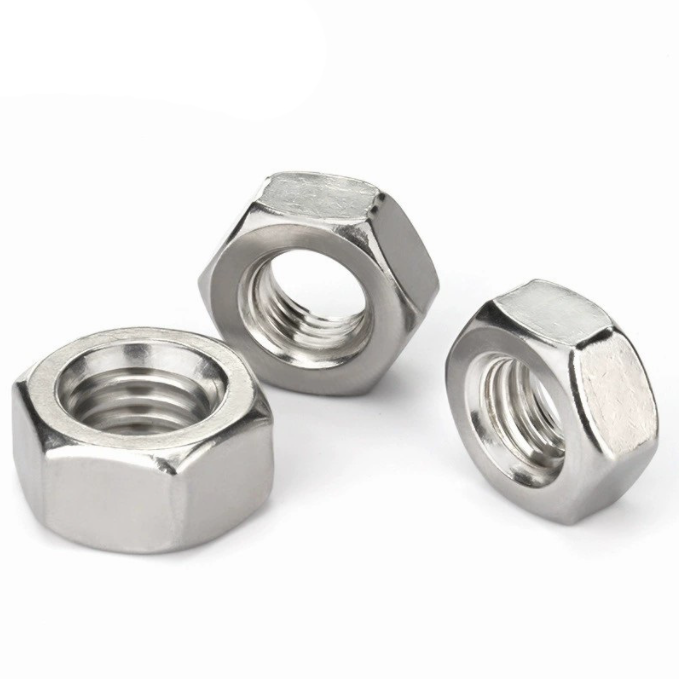

m12 washer od
9월 . 13, 2024 13:03 Back to list
m12 washer od
Understanding M12 Washer OD A Comprehensive Guide
When it comes to mechanical components, washers are often overlooked but play a crucial role in ensuring the performance and durability of various applications. An M12 washer, specifically, denotes a washer designed for an M12 bolt, which corresponds to a nominal diameter of 12 millimeters. One of the key specifications of any washer is its outer diameter (OD), which can significantly influence its effectiveness in distributing load and preventing damage to surface materials.
What is an M12 Washer?
An M12 washer is typically made from materials such as steel, stainless steel, or plastic and is used alongside M12 bolts. Its primary purpose is to distribute the load of the bolt head or nut over a larger area, minimizing the risk of damage to the substrate. Additionally, it helps prevent loosening due to vibration and provides a surface for settings such as electrical grounding and insulation.
Importance of Outer Diameter (OD)
The outer diameter of a washer is a critical measurement that affects its performance in different applications. For M12 washers, the OD is designed to be larger than the bolt's diameter to ensure adequate surface contact. This contact area is vital as it helps to spread out the force exerted by the bolt across a broader region, thereby reducing the likelihood of damage to the materials being joined.
Typically, M12 washers have an outer diameter ranging from 24 mm to 25 mm, depending on the specific type and application. For instance, standard flat washers will have a different OD compared to specialty washers like lock washers or spring washers. Understanding the appropriate OD for your specific application is essential to achieving optimal performance and longevity.
Types of M12 Washers
There are several types of M12 washers, each designed for specific purposes
m12 washer od

1. Flat Washers These are the most common and serve the primary purpose of load distribution. They provide a flat surface that can accommodate varying bolt lengths.
2. Lock Washers These are designed to prevent the loosening of the nut or bolt due to vibration. They have a unique design that creates tension and friction.
3. Spring Washers Typically used in high-stress applications, spring washers can absorb shock and reduce the risk of loosening under dynamic loads.
4. Sealing Washers These washers may have a rubber or other sealing material to prevent fluid leakage in plumbing and hydraulic applications.
Selecting the Right M12 Washer OD
When selecting the appropriate M12 washer, considering the application environment is crucial. For instance, in corrosive environments, stainless steel washers may be preferred, while high-temperature applications may require washers made from heat-resistant materials.
Additionally, pay attention to the thickness and OD of the washer. A washer with insufficient OD might fail to distribute load adequately, leading to material failure. Conversely, a washer that is too large may not fit properly within confined spaces.
Conclusion
In summary, the M12 washer's outer diameter is a pivotal aspect that influences its performance in various applications. By understanding the significance of OD as well as the different types of M12 washers available, engineers and technicians can make informed decisions that enhance the reliability and effectiveness of their assemblies. Whether for structural support, load distribution, or vibration resistance, the right M12 washer is essential for ensuring long-lasting mechanical integrity.
Latest news
-
Premium Fasteners Manufacturer | AI-Driven Solutions
NewsAug.01,2025
-
Hot Dip Galvanized Bolts - Hebei Longze | High Strength, Corrosion Resistance
NewsAug.01,2025
-
High-Strength Hot Dip Galvanized Bolts - LongZe | Corrosion Resistance, Custom Sizes
NewsAug.01,2025
-
Best Self Tapping Screws for Drywall - Fast & Secure Installation
NewsJul.31,2025
-
High-Strength Hot Dip Galvanized Bolts-Hebei Longze|Corrosion Resistance&Customization
NewsJul.31,2025
-
Hot Dip Galvanized Bolts-Hebei Longze Metal Products|Corrosion Resistance&High Strength
NewsJul.31,2025

